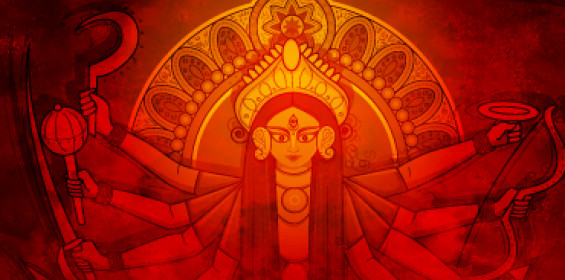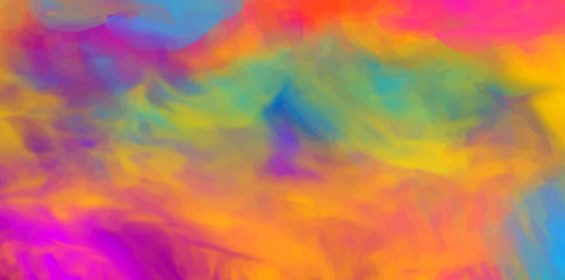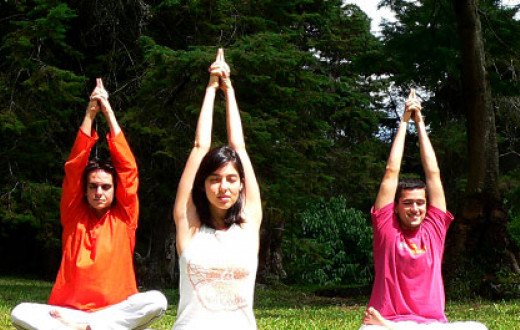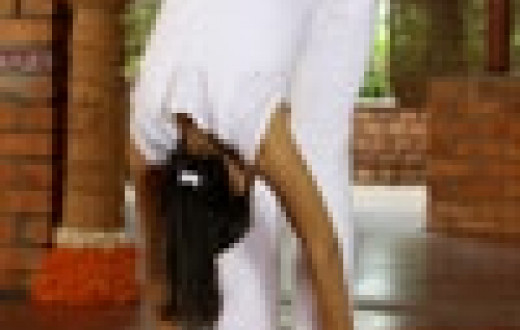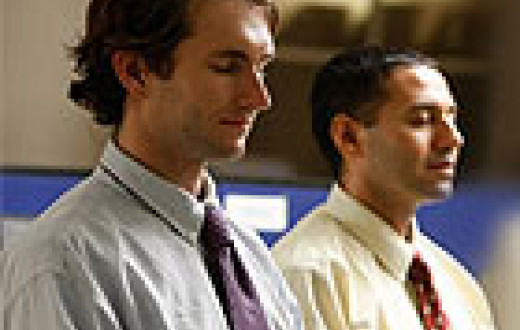It was 1936. The stadium in Berlin exploded with an unprecedented silence before exploding into an eruption of joy. The man behind this was not a tiny individual who would later be called the Fuhrer. But the Afro-American athlete, Jesse Owens, who ran his way into the annals of sporting glory. His record set aside any claims that Hitler, who was also in the audience, hoped to create about his principles of Aryan supremacy in sports.

The fabulous sporting arena, the Olympiastadion, has seen all kinds of events in its fascinating history. It was only fitting that decades later, in 2011, it bore witness to a unique one. A tribute to a shared culture. Over 100 countries came together to pay respect to their local cultural heritage at the World Culture Festival. From the rare Swiss Alpine Horns to the rhythmic sounds of the Indian Naad Swaram; from a beautiful Japanese Lotus Dance to ballet and Bharatanatyam. It was not merely a spectacle but a coming together of people, cultures and shared identities.
What the World Culture Festival meant to them:
- “I see it to be very timely, that the World Culture Festival, which aims to foster harmony in diversity and the dialogue between cultures, comes to Berlin in a time when the integration of different cultures and intercultural harmony is one of the most important issues.”
Prof. Dr. Gesine Schwan, Joint Founder & President, Humboldt-Viadrina School of Governance - “It has been successful in reminding us that mere tolerance is not enough in a multicultural world. The encounter with the other can only be successful if tolerance goes hand in hand with genuine curiosity, responsibility, openness and respect for the otherness of the other.”
Mr. Jacek P. Krawczyk, Vice President of European Economic and Social Committee, Brussels - “Such respect (for diversity) inculcates in us both an authentic religious humility and capacity to celebrate the other, building a world of mutual understanding, appreciation, and cooperation.”
Rabbi David Rosen, International Director of Interreligious Affairs, American Jewish Committee; Director of the Heilbrunn Institute for International Interreligious Understanding
World heritage day: An invitation
Each year comes a day when the focus is on heritage. World Heritage Day, celebrated on April 18, is also called the International Day For Monuments and Sites. In a world with rapid advancements in science and technology, the spotlight must be thrown on culture and heritage. And this year, amidst the global corona phenomenon, the spotlight is even more telling: exploring the theme of our shared cultures, shared heritage, shared responsibility.
This day serves as an invitation to open the dimension of shared cultures in our lives. How are we practicing the essence of a one world family? Can prejudices be cast aside to give room to peaceful co-existence? What can we do to further our shared responsibility - be it in preserving our local cultures, monuments, history, and legacy?
Gurudev outlines two powerful perspectives to truly embrace our shared heritage.
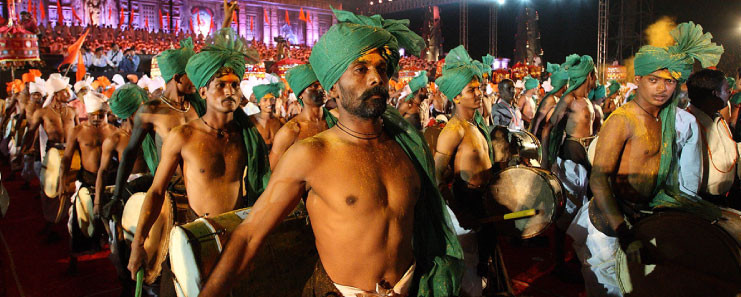
I. Broaden self-identification
“Walls must come down between cultures, and civilizations. We must realize we are a one world family. One divinity, one humanity, celebrating diversity, this is our sacred duty.”
- Gurudev Sri Sri Ravi Shankar
Gurudev urges people to broaden their self-identification: “The present crisis is basically one of identification: limited and fragmented identification leads to hatred, violence, and war. People usually identify themselves with their profession, religion, race, culture, nationality, language, region or sex. Many are prepared to go to any lengths to protect this identity... we need to bring about an understanding in all people that they are, firstly, part of the universal spirit, and, secondly, human beings.”
When people come together in an atmosphere of togetherness and love, preconceived notions disappear. “The program has brought us so close that I can’t believe that Arabs and Israelis don’t see eye-to-eye back home,” shared Yoav Yenon from Israel at The Art of Living International Centre, India. He was part of a group that comprised 16 Israelis, over 150 Arabs, (including Iranians, Jordanians, Bahraini, Lebanese, Omanis, and Saudi Arabians), who took part in a special month-long training program.
This is the beauty of programs and humanitarian initiatives: they inspire people of different castes and classes to work together, side-by-side. It doesn’t matter if one’s forefathers killed another’s ancestors in a riot. Or if people from different classes are put together in a group.
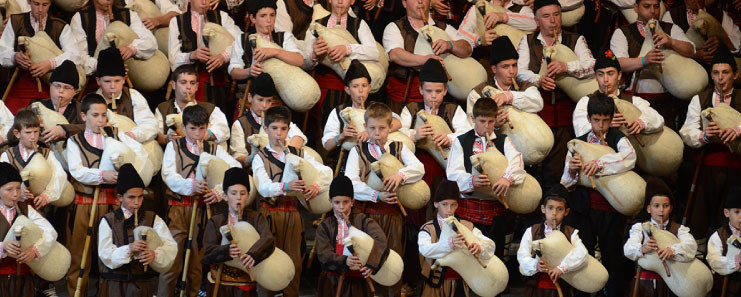
i. Silver Jubilee, 2006
- 2.5 million people meditated for peace
- 102 countries participated
ii. World Culture Festival 2011
- 6,000 artists showcase dance, music and art from different parts of the world
- 151 countries came together to celebrate diversity
iii. World Culture Festival 2016
- Largest peace meditation with 3.5 million people
- 4,600 artists performed 30 dance forms in one single act - Cosmic Rhythm
- 37,000 artists performed at the event
The Art of Living has revived culture and traditional arts through numerous events, many of which have been acknowledged in the Guinness Book of World Records. The complete listing is given below.
II. Cultivate multicultural education
“The only way to get rid of fanaticism in the world is through education that is broad-based, multi-cultural and multi-religious.” - Gurudev
One way to remember a shared legacy is to truly understand and celebrate diversity. Inculcating a pluralistic attitude, especially in children is one of the best ways we can practice our shared responsibility.

“Right education is that which creates a reverence for diversity in nature and a sense of belonging with the whole world,” says Gurudev. Opening up a child’s mind to respecting other religions, bringing up a child in a world that encourages human values like a sense of oneness with others, trust and compassion is a sustainable solution.
When children understand that human values exist in all the great traditions; when children glimpse the humanity of believers of other faiths; and when children know that truth is expressed outside their own religion, then narrow-mindedness, the root of terrorism, will not survive.
Finally, it’s the things we choose to believe, the stories we tell ourselves about each other. As Yuval Noah Harari, the noted historian of our times, says: “Good stories create a good world.” Stories of our unique local and shared cultures will water the family tree of our lifelong connection with our ancestors, each other and the future generations. This is our shared humanity, our legacy.
For only that which gets preserved lives on.

- Literature: Most people reading aloud simultaneously at a single location is 46,600 at the Vadakkunnathan Temple in Thrissur, India. (February 2, 2014)
- Horns: The largest horn ensemble consisted of 444 musicians in Kollam, Kerala, India. The 444 musicians all played the C-shaped long Indian horn called the Kombu or Sringa. (January 9, 2013)
- Peace candles: 12,135 candles were lit simultaneously at a single venue in Ahmedabad, India. (November 13, 2012)
- Bagpipes: The largest bagpipe ensemble of 333 participants at an event at the National Palace of Culture in Sofia, Bulgaria. (May 16, 2012)
- Hand drums: Taal Ninaad, the largest hand drum ensemble, consisted of 1230 people playing tabla drums at Solapur, India. (January 17, 2012)
- Dhol drums: Abhanga Naad saw the participation of 1,356 artists in the largest dhol drum ensemble at Kolhapur, India. (February 21, 2011)
- Kathakali: 150 Kathakali artists performed at the Naatya Vismayam event in Kerala, India. (February 12, 2011)
- Classical singers: Naada Vaibhavam saw 121,440 singers performing in Chennai, India. (January 30, 2011)
- Bhangra: 2,100 dancers performed in Mehran De Rang, the largest bhangra performance, in Ludhiana, India. (November 11, 2010)
- Cuisine: 5,612 vegetarian dishes were prepared and displayed at the Annam Brahma event in Ahmedabad, India. (November 2, 2010)
- Singing: 1,04,637 participants sang 'Vande Mataram' at the Antarnaad event in Pune, India. (January 12, 2010)
- Brahm Naad: 1,094 sitarists performed at the Brahm Naad event in Noida, Delhi, India. (November 21, 2008)
- Mohiniyattam: 1,200 dancers performed in Cochin, Kerala, India. (November 28, 2006)
All these events have received the Guinness Record for the largest number of participants.
Based on knowledge talks by Gurudev Sri Sri Ravi Shankar
We’d love to hear from you.
Write to us @artofliving

